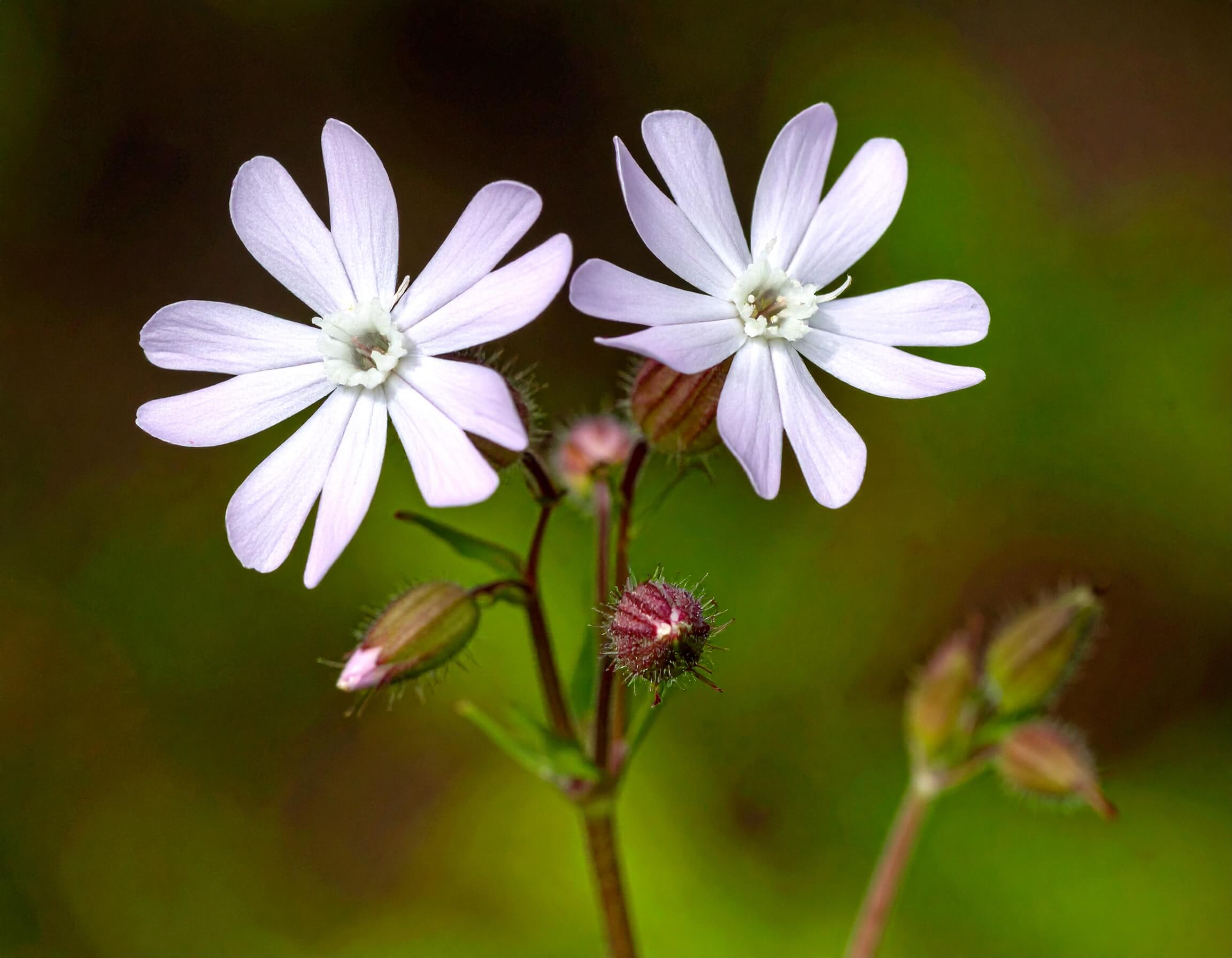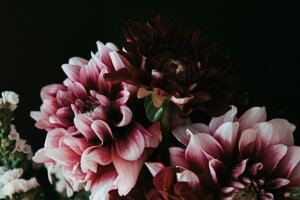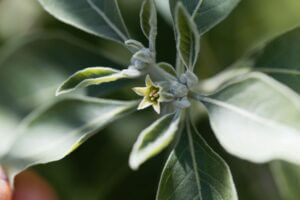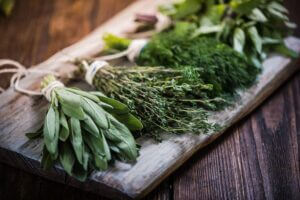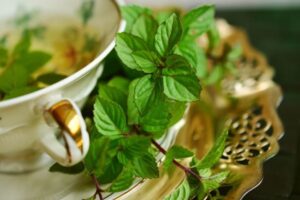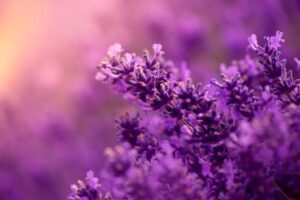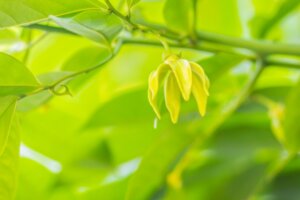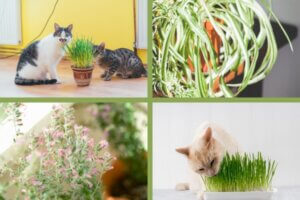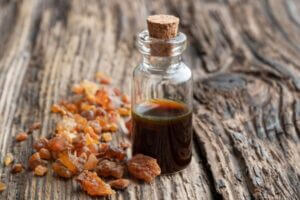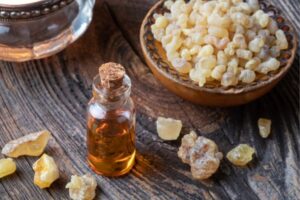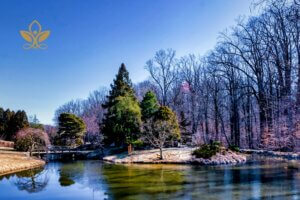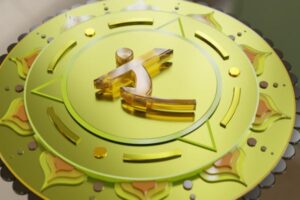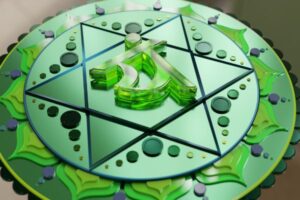In the icy depths of Siberian permafrost, beneath more than 100 feet of frostbitten earth, a story over 30 millennia in the making was quietly waiting to be told. But now it blooms again!
That story belongs to Silene stenophylla, a humble Arctic flower that now holds the record as the oldest living plant ever regenerated by human hands.
Discovery in the Frozen Time Capsule
The tale begins in northeastern Siberia, where a team of Russian scientists, led by Svetlana Yashina, and David Gilichinsky, were excavating ancient permafrost deposits near the Kolyma River. They uncovered fossilized squirrel burrows—essentially prehistoric pantries—stuffed with seeds and plant material frozen solid for around 32,000 years.
Among the trove of ancient debris were preserved fruits of the Silene stenophylla, a wildflower species still found in the region today. Radiocarbon dating placed the cache at roughly 31,800 years old, dating back to the Late Pleistocene. The frozen burrows likely belonged to Arctic ground squirrels, who hoarded these fruits before going into hibernation—only to never awaken.
From Tissue to Life: How the Plant Was Revived

The initial hope was to germinate seeds found in the frozen burrow, but those attempts failed. The seeds had degraded too much over time. However, the scientists pivoted brilliantly. Instead of focusing on the seeds, they extracted viable cells from the placental tissue inside the fruit—a sort of nutrient-rich base surrounding the seeds.
Using tissue culture techniques, the researchers coaxed the ancient cells to grow in vitro. Lo and behold, it worked. After some time, the ancient Silene began to grow roots, stems, and eventually—after tens of thousands of years—a blossom.
This wasn’t just a botanical magic trick. It was the world’s first successful regeneration of a flowering plant from prehistoric tissue. It was also proof that ancient permafrost can preserve biological life at a cellular level far beyond previous expectations.
What Makes Silene stenophylla Special?
Botanically speaking, Silene stenophylla is a modest herbaceous plant, bearing soft purple or white flowers. It looks quite similar to its modern descendants, still growing in Siberia today.
But here’s the kicker: the ancient version bloomed slightly differently.
Side-by-side comparisons of the regenerated plants and modern-day Silene showed differences in petal shape and growth patterns, indicating some degree of evolutionary drift. It’s a botanical snapshot of how plants adapt over thousands of years, giving scientists a rare living window into the evolutionary past.
Why This Matters: Beyond Curiosity
This story isn’t just fun science trivia—it has deeper implications. First, it proves that ancient plant life can be revived, offering new possibilities in genetic research, conservation, and even agriculture. What if lost plant species, now extinct, could be brought back from ancient remains?
It also underscores the incredible preserving power of permafrost. With climate change melting Arctic regions at alarming rates, scientists are scrambling to catalog what’s still frozen in time—because it won’t be for much longer.
Finally, this feat offers a glimmer of hope: if ancient seeds and tissues can survive 30,000 years, perhaps humanity’s ability to store and safeguard biodiversity for the future is not so far-fetched.
Nature’s Resilience, Science’s Ingenuity
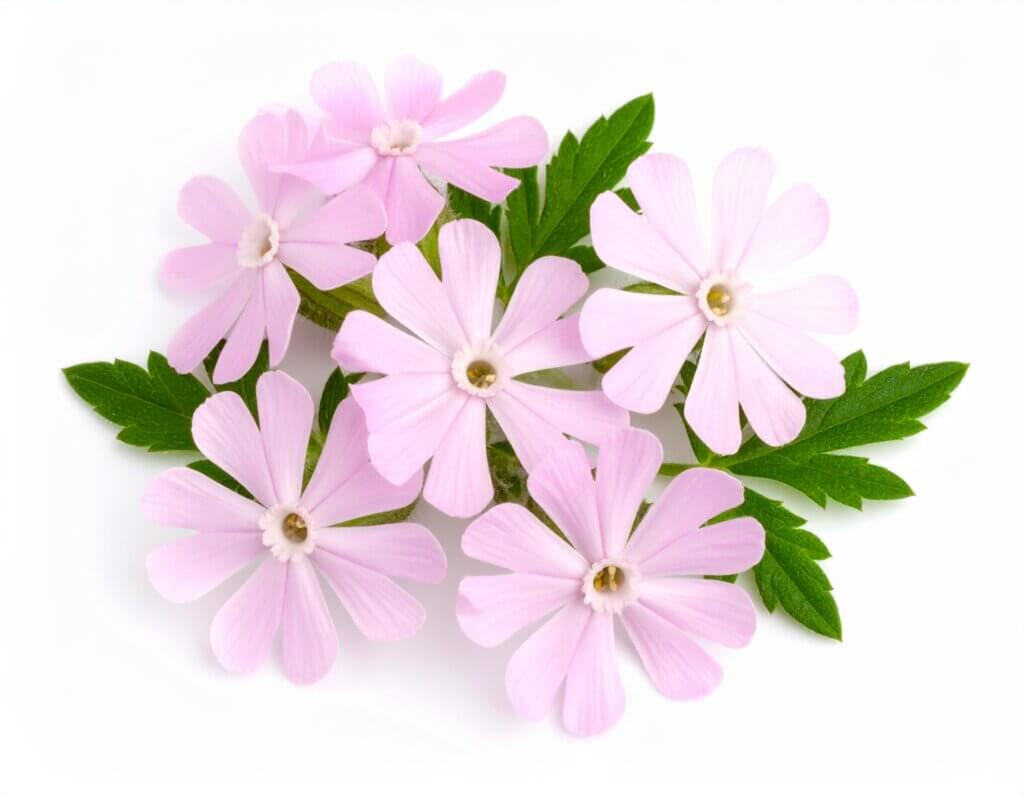
The Silene stenophylla bloom stands as a testament to both the resilience of nature and the ingenuity of modern science. This tiny, pretty plant survived an Ice Age, squirrel hoarding, millennia in a deep freeze, and finally—was brought back to life in a lab thousands of miles from where it began.
It’s poetic, really. Life, frozen in time, waiting for someone to notice. Waiting to bloom again.
How You Can See It for Yourself
Although the original revived Silene stenophylla is not on display to the public, you can view images and read more about the experiment in journals and articles below. If you’re feeling inspired, you could even use AI tools like Adobe Firefly to generate an artistic rendering of what the ancient bloom might have looked like in full color, untouched by time.
???? Citations and Further Reading:
- Yashina, S. et al. (2012). “Regeneration of whole fertile plants from 30,000-y-old fruit tissue buried in Siberian permafrost.” Proceedings of the National Academy of Sciences (PNAS).
https://www.pnas.org/doi/10.1073/pnas.1118386109 - National Geographic. “32,000-Year-Old Plant Brought Back to Life—Oldest Yet.”
https://www.nationalgeographic.com/science/article/120221-oldest-seeds-regenerated-plants-science - BBC News. “Plant from the Pleistocene era is revived.”
https://www.bbc.com/news/science-environment-17100574 - My Modern Met. “Scientists Revive a 32,000-Year-Old Plant From Ancient Seeds.”
https://mymodernmet.com/scientists-revived-32000-year-old-plant-dna/
Other Posts of Interest
How To Gain Peace Of Mind – Awareness Of Subtle Energy

